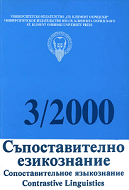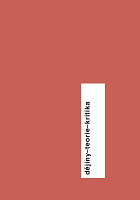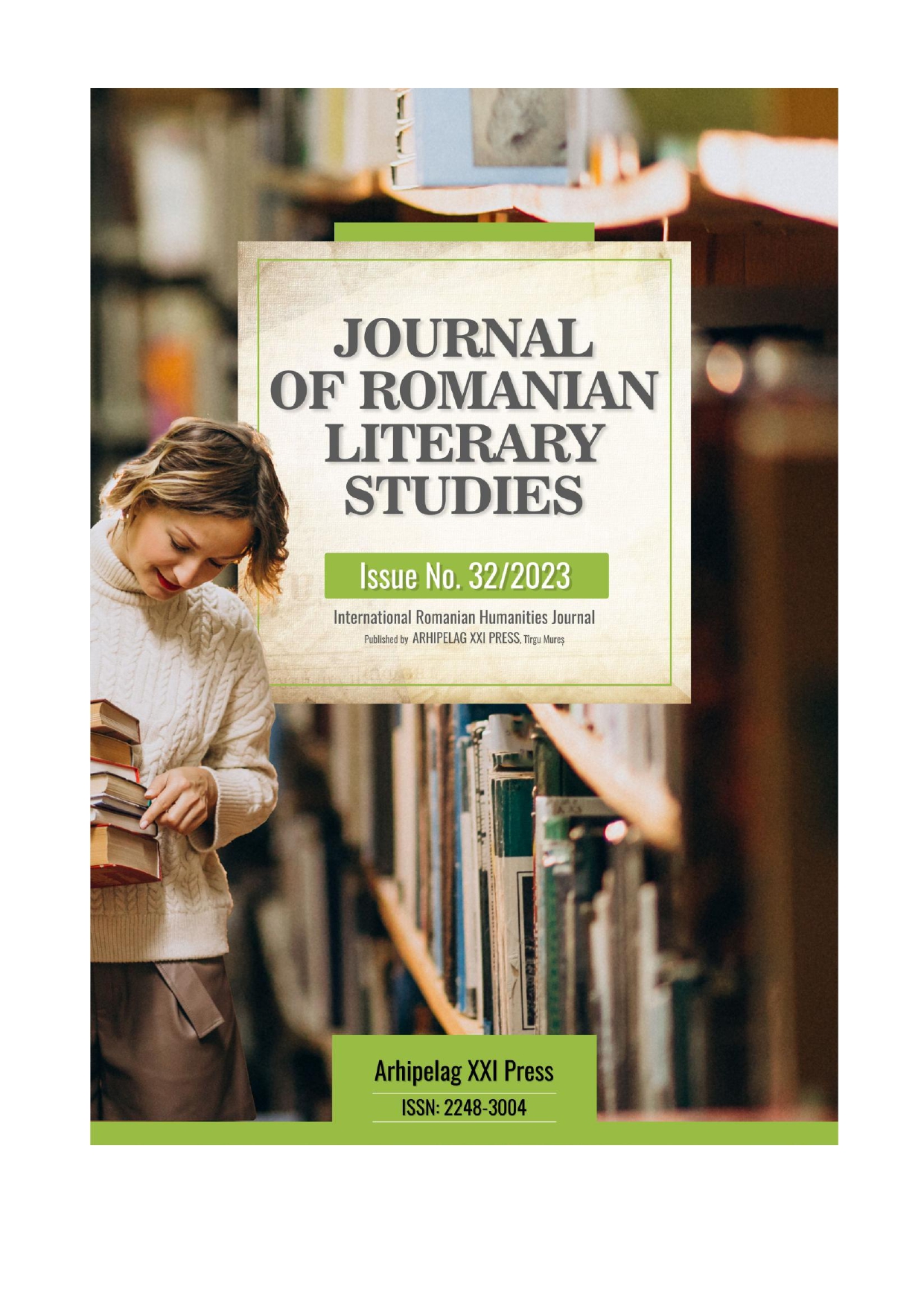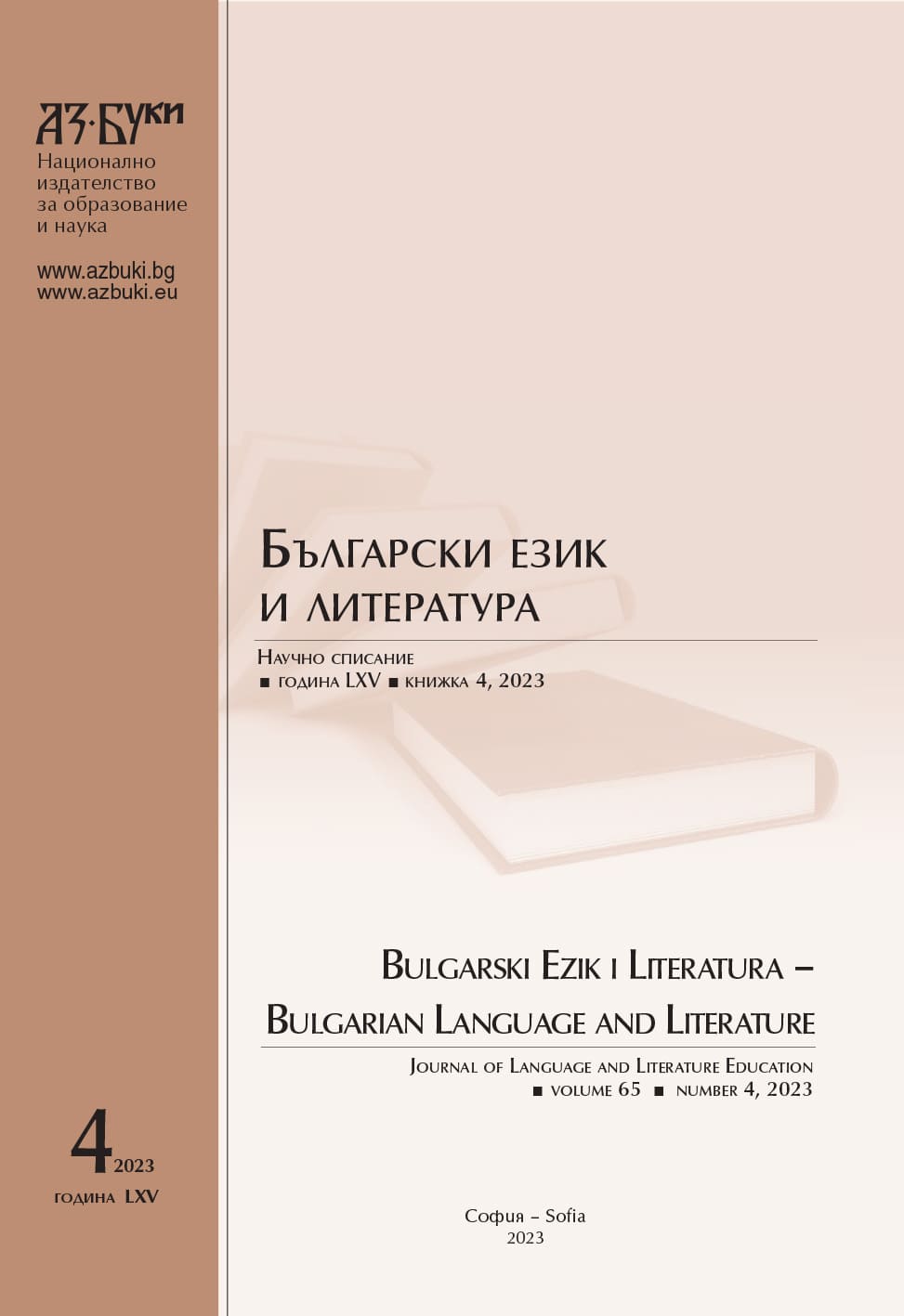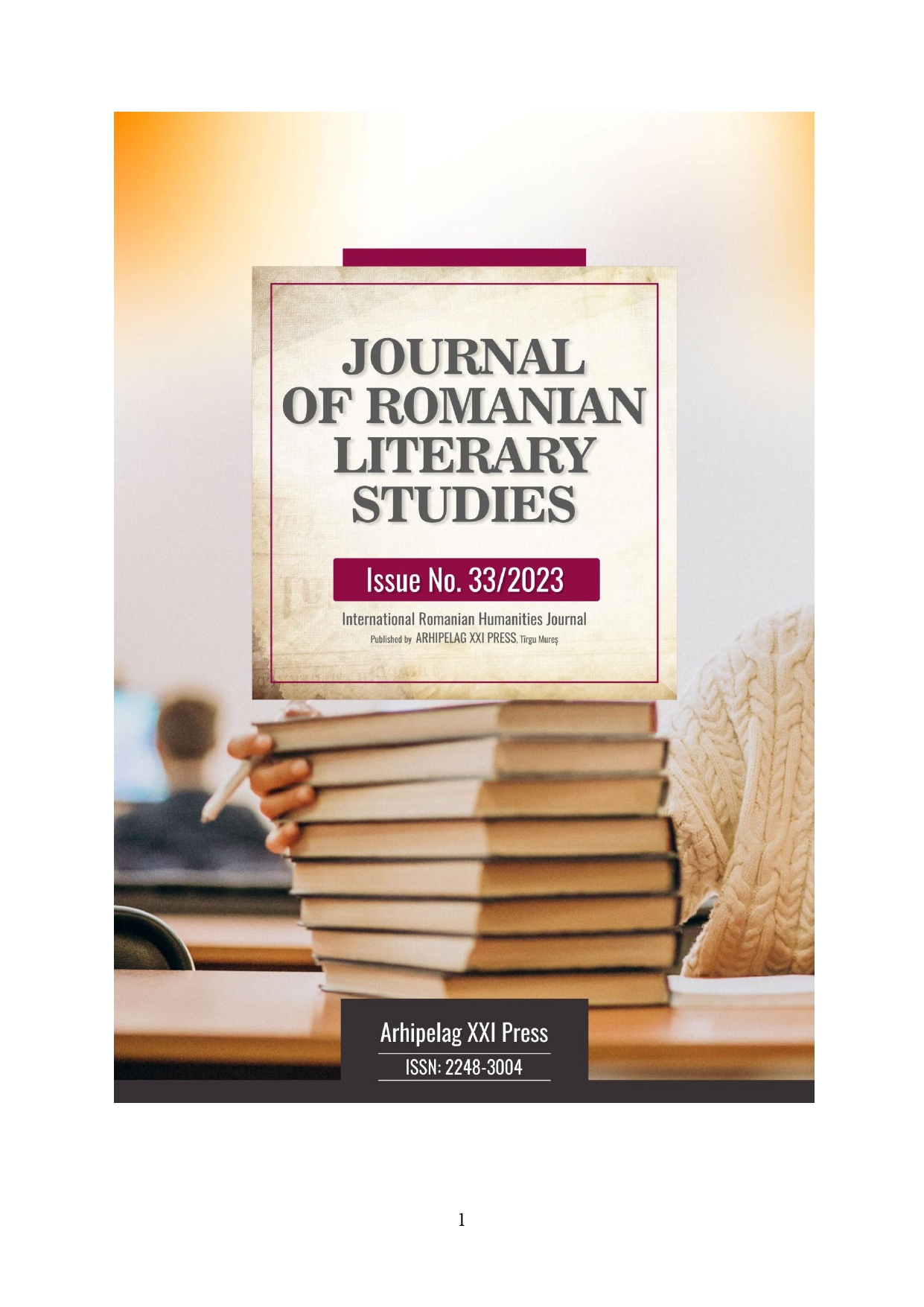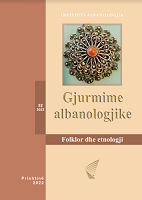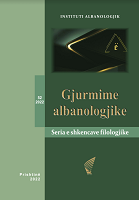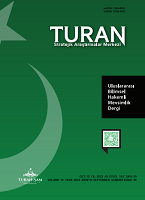Author(s): Aurora ALBESCU / Language(s): Romanian
Issue: 32/2023
In the space of Romanian literary folklore categories, a well-defined space is occupied by non-ritual creations, namely: aphoristic and enigmatic literature, types of popular prose (fairy tale, stories, legend, snow), epic song, lyrical song and cries. Among the difficulties of a terminological nature, which folklore has recorded, there are also those raised by the name given to the category of popular stories called legends today. In general, the species of the epic genre in prose have provoked numerous discussions over time, regarding not only the delimitation of these categories, but also the specification of the specific features of each of them. Ever since Simion Florea Marian (1892), the semantic ambiguity that surrounds the types of popular prose can be observed, and the attempt to strictly define the notions of fairy tale, story, legend, snoavă, runs into the interpenetration of the semantic spheres of the concepts. Therefore, as a type of oral narrative, as an ethnological fact, as an act of communication and as a speech, the legend can be viewed from the perspective of the wider ensemble of oral narratives in prose, along with fairy tales, stories (marking the next genre by recognizing some characteristics common to all the mentioned species and, by opposition, the drawing of specific differences, the delimitation of distinguishing marks). So, compared to its „classic" aspect - as it results from folklore collections and folklore studies – the repertoire of oral narratives has changed. The authority of the old models has diminished, a fact evident in: the alteration of the models, the reduced frequency with which the old forms appear, especially the fairy tale and the epic song, the change of language, the substitution of the mythical fabulous by a magical fabulous, the interest in the strange and sensational.
More...
